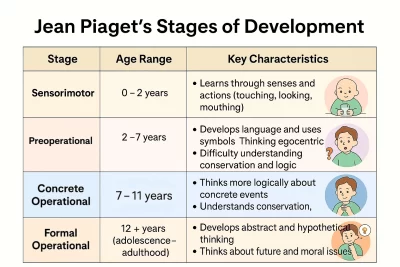
What is Peru's legacy of independence and viceroyalty
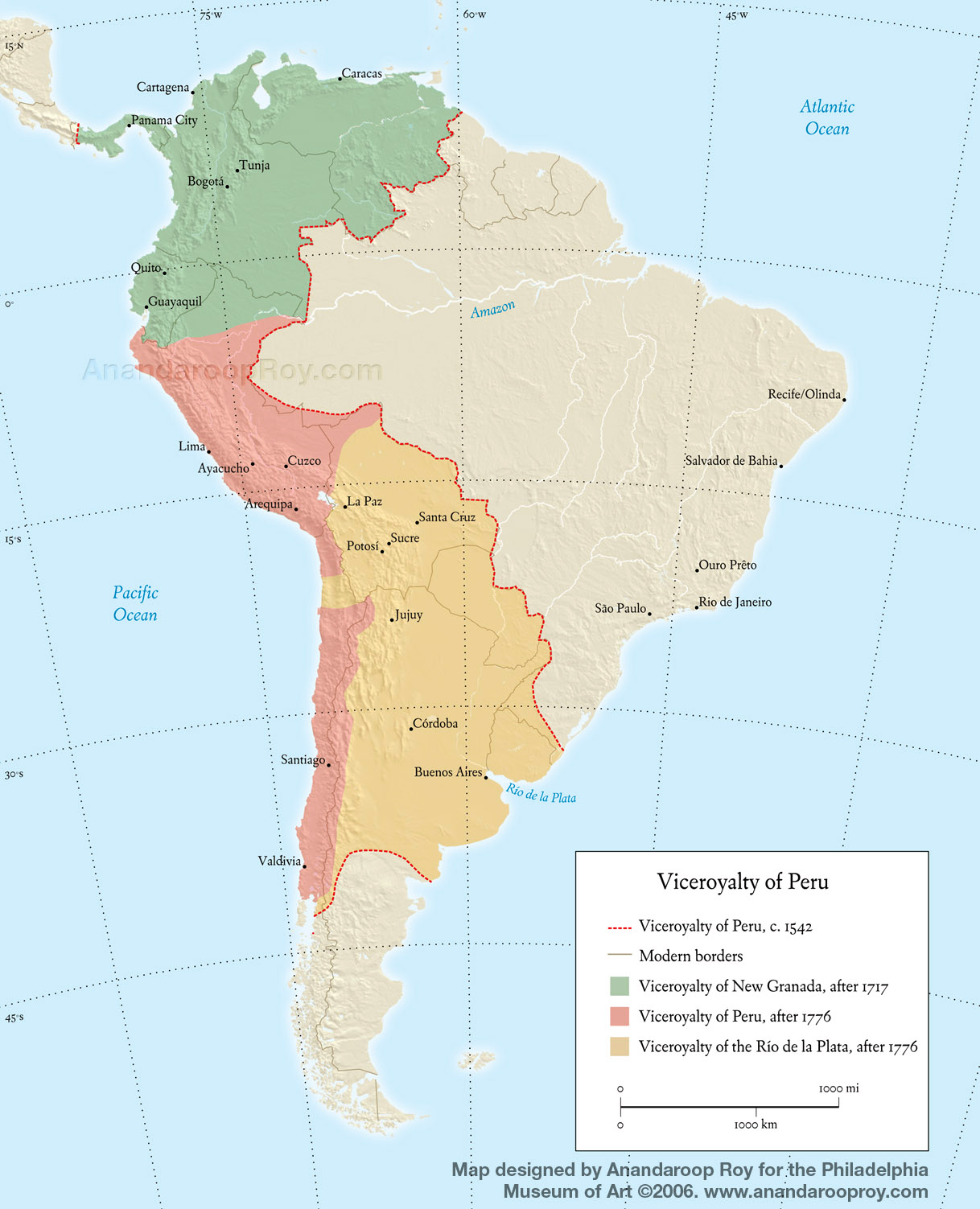
Peru's journey towards independence is a complex tale shaped by its colonial past as a viceroyalty, compounded by the effects of external conflicts such as the Napoleonic Wars. The viceroyalty established in the 16th century created a distinct social and political hierarchy that influenced the Creole class, ultimately nurturing a desire for autonomy and self-governance. As revolutionary fervor spread across Latin America, the struggles of Peru were characterized by both internal conflict and external influences that guided its path to becoming a sovereign nation.
The legacy of Peru's independence is not just a matter of political liberation; it embodies the collision of identity, culture, and history influenced by its colonial rule. From the conservative aristocracy that initially promoted loyalty to the Spanish Empire, to the growing aspirations of its Creole population seeking freed debt relief, the narrative weaves through the complex tapestry of power dynamics. This article delves into the significant events and figures that shaped the landscape of Peru's fight for independence and the effects of its colonial legacy.
- The Historical Context: Peru's Viceroyalty
- The Impact of the Napoleonic Invasion
- The Role of the Creoles in the Independence Movement
- The Conservative Aristocracy's Influence on Loyalty
- General José de San Martín: The Liberator of Peru
- The Strategic Importance of Chile in the Liberation Effort
- The Declaration of Independence: July 28, 1821
- The Challenges of Internal Spanish Forces
- The Involvement of Simón Bolívar in Peru's Independence
- Key Battles: Junín and Ayacucho
- The Aftermath of Independence: Peru’s New Identity
- Conclusion: Reflecting on Peru's Dual Legacy
The Historical Context: Peru's Viceroyalty
Established in the early 16th century, the Peruvian Viceroyalty served as the administrative center of Spanish power in South America. Initially, it was a vital source of wealth for the crown due to its rich resources, including silver from mines like Potosí. This wealth fostered a class of Spanish-born elites and a substantial group of Creoles—those of Spanish descent born in the colonies. The Creoles found themselves in a paradox: while they benefited from colonial wealth, they were systematically excluded from the highest levels of governance, which were reserved for peninsulares, or Spanish-born individuals. This disparity sowed seeds of discontent among the Creoles and laid the groundwork for independence movements.
The Impact of the Napoleonic Invasion
The Napoleonic invasion of Spain in 1808 marked a crucial turning point for Spanish colonies in America, including Peru. The resulting power vacuum and the abdication of the Spanish King Ferdinand VII led to political uncertainty back in Spain, allowing colonies to question the legitimacy of Spanish rule. In Peru, however, the conservative aristocracy feared the upheavals taking place across the Atlantic and chose to reaffirm their loyalty to the Spanish crown, thus delaying the tide of independence that swept through many of their neighbors. Such loyalty characterized the early years of the independence movement in Peru.
The Role of the Creoles in the Independence Movement
Despite the loyalty of the aristocracy, the Creoles began to emerge as leaders in the push for independence. These individuals were inspired by Enlightenment ideas and the successful revolutions in North America and France. They sought to establish a government that represented their interests rather than those of the distant Spanish monarchy. Several Creole leaders began to advocate for independence, forming secret societies and aligning with revolutionary ideas sweeping through the continent. Their role was pivotal, as they laid the intellectual groundwork for Peru's break from colonial rule.
The Conservative Aristocracy's Influence on Loyalty
The influence of the conservative aristocracy cannot be understated. They represented a significant segment of Peruvian society that held considerable economic and social power. Their reluctance to embrace independence was rooted in a fear of losing their privileges. They believed that freedom might lead to chaos and a loss of the established order, as local power structures would be upended by a revolutionary government. This tension revealed the deeper polarization in Peruvian society, where tendrils of loyalty to the Spanish crown competed fiercely against rising sentiments for freedom and autonomy among the Creole population.
General José de San Martín: The Liberator of Peru
Arguably, one of the most crucial figures in Peru's independence was General José de San Martín. Hailing from Argentina, San Martín had significant military achievements in his quest to liberate Spanish colonies. After liberating Chile, San Martín turned his attention towards Peru. He understood that to effectively liberate Peru, he would need a strategic base, which he found in the recently liberated Chile. His army moved across the Andes, eventually landing in the coastal town of Pisco during 1820, marking the official onset of Peru's liberation.
The Strategic Importance of Chile in the Liberation Effort
Chile played a vital role in the fight for Peru’s independence. Once liberated, it became a staging ground for revolutionary forces. San Martín successfully utilized this base to launch military campaigns targeting Lima, gathering support from local Creole forces. His victories in Chile fortified his reputation among revolutionary leaders, enhancing his mission of independence for the crown jewel of Spanish South America—Peru. The cooperation between Chilean patriots and San Martín exemplified the powerful networks that emerged in the independence movements across the continent.
The Declaration of Independence: July 28, 1821
On July 28, 1821, San Martín declared the independence of Peru in a ceremonial event in Lima. This declaration would symbolize the long-awaited desire for autonomy and self-rule. The event was marked by a robust display of flags, speeches, and enthusiastic cheers, yet the reality was that the fight for independence had only just begun. Thousands of Peruvians celebrated, yet many remained uncertain about what this new identity would entail and whether the promise of freed debt relief and land reforms would reach the common populace.
The Challenges of Internal Spanish Forces
Despite the exhilaration that followed the declaration, significant challenges loomed ahead. Peru was still rife with loyalist forces that sought to maintain Spanish control. The interior of Peru was a battleground where Spanish loyalists entrenched themselves, attempting to thwart revolutionary efforts. The divisions within Peruvian society regarding independence rendered the conflict even more challenging, as factions fought not only the Spanish but also each other. This reality set the stage for ongoing strife that would plague the emerging republic long after independence.
The Involvement of Simón Bolívar in Peru's Independence
As San Martín faced difficulties in consolidating power and quelling Spanish resistance, he sought assistance from Simón Bolívar, another significant figure in the Latin American independence movements. Bolívar had garnered fame for his military prowess and strategic acumen in several liberation efforts across northern South America. However, Bolívar saw San Martín’s reluctance to relinquish command as a barrier to collaboration. Consequently, when Bolívar chose to act independently—after San Martín withdrew from leadership—his campaign became a turning point for Peru’s independence.
Key Battles: Junín and Ayacucho
Under Bolívar's leadership, revolutionary forces engaged in two crucial battles: Junín and Ayacucho. The Battle of Junín in 1824 marked a remarkable victory for Bolívar's forces, providing momentum towards the final conflict against the Spanish. Subsequently, the Battle of Ayacucho in December 1824 was a decisive encounter, resulting in a resounding defeat for the Spanish forces and marking the effective end of colonial rule in Peru. These victories consolidated Bolívar's legacy as a liberator and underscored the interconnected nature of the independence movements across Latin America.
The Aftermath of Independence: Peru’s New Identity
After achieving independence, Peru faced the daunting task of forging a new national identity. The nation was not only liberating itself from colonial rule but also redefining political, social, and economic structures. The challenges included addressing the calls for freed debt relief, land reform, and integrating multiple ethnicities and groups within the newly established framework. The shift from a viceroyalty to an independent republic provoked questions about governance, rights, and the role of the military in a society seeking transformation.
Conclusion: Reflecting on Peru's Dual Legacy
Peru's legacy of independence is a complex narrative marked by the interplay between viceroyalty and the aspirations of its people. The transitions from colonial rule to the struggle for autonomy reflected not only a desire for independence but also the challenges of defining a new Peruvian identity amidst diverse interests. The roles played by figures such as San Martín and Bolívar illustrate how interconnected the movements for independence were across South America. Ultimately, the quest for independence in Peru is a reminder of the enduring influence of its colonial past, as it forged a path towards the future while wrestling with its dual legacy.
Did you find this article helpful? What is Peru's legacy of independence and viceroyalty See more here Education.
Leave a Reply

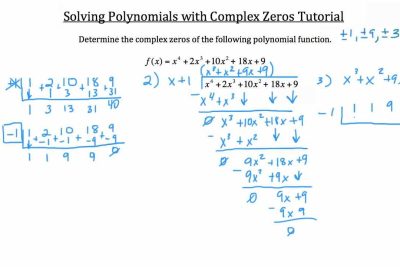
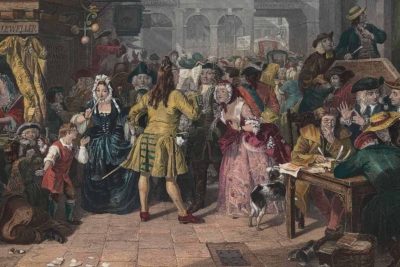
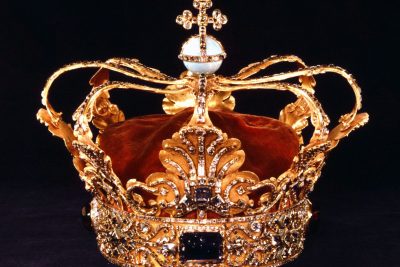
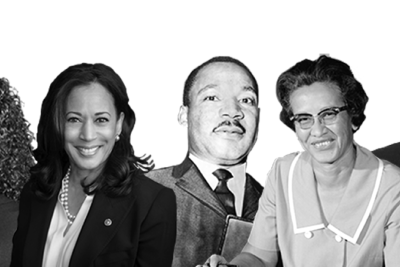
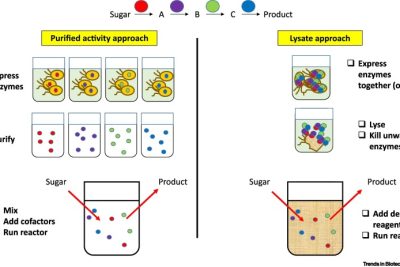
Related posts